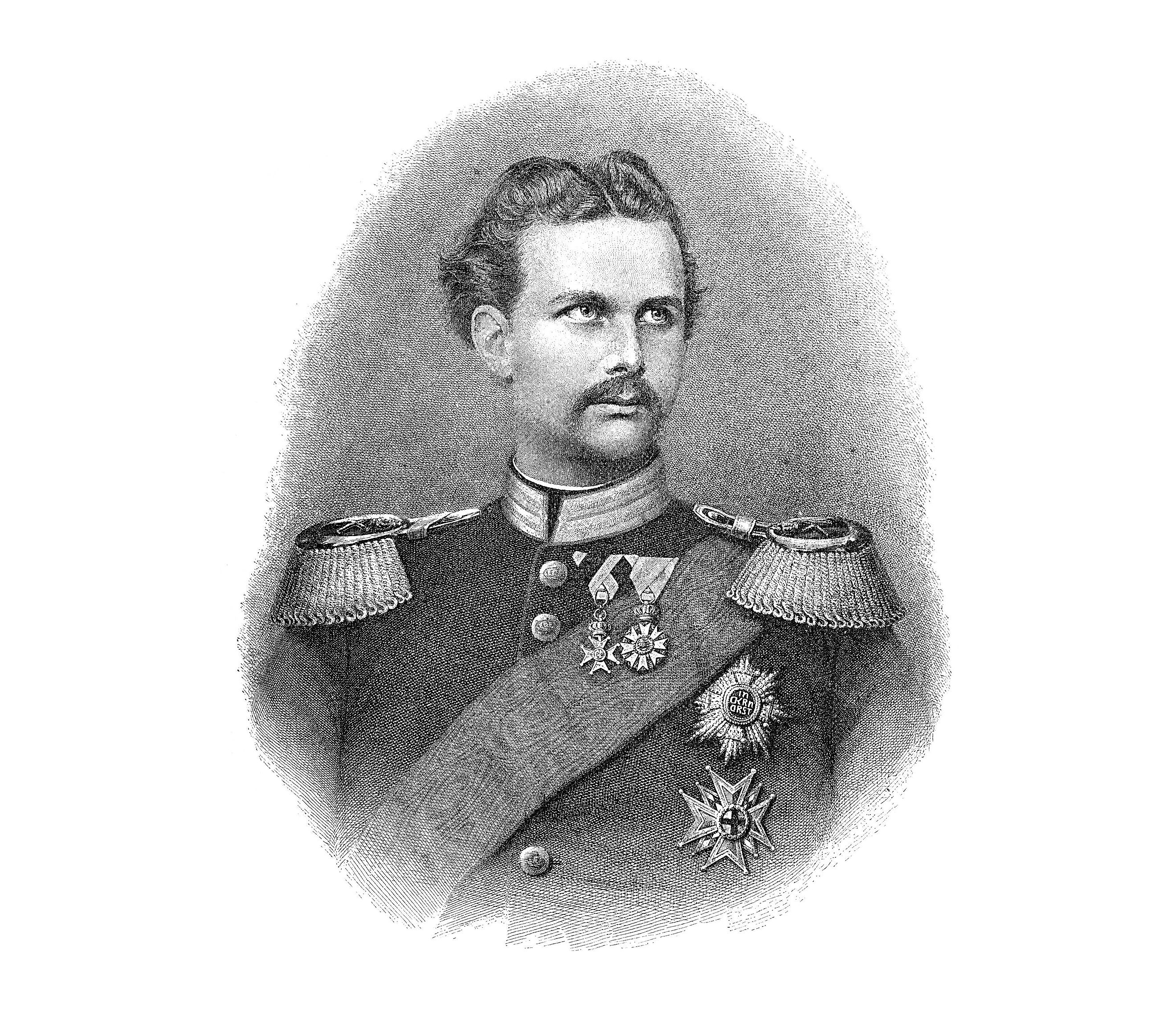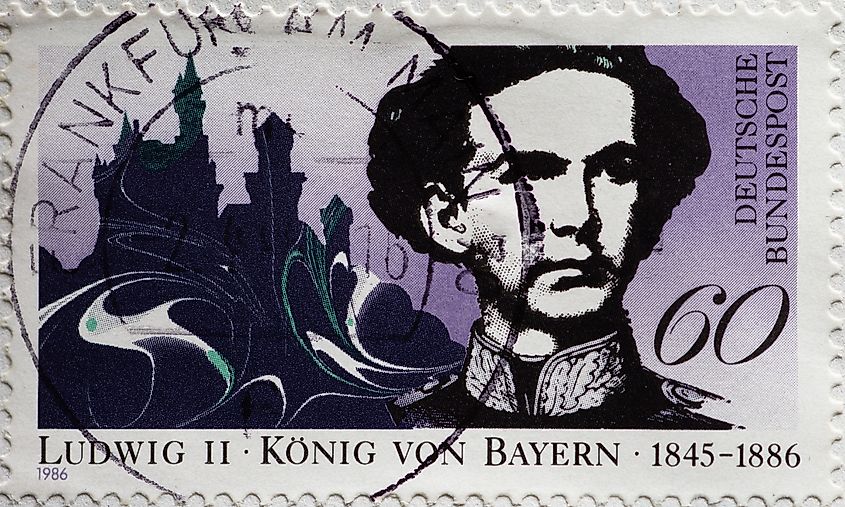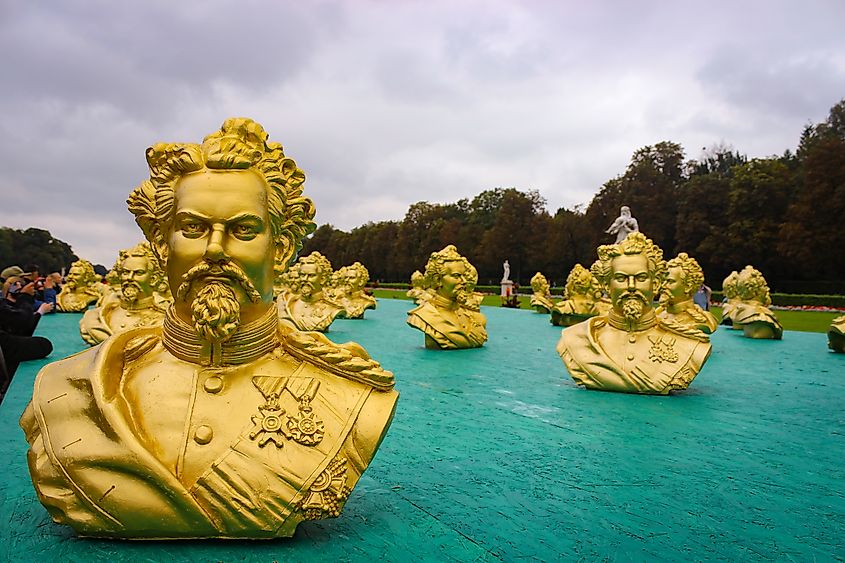
The Mysterious Death of Europe's Mad King
Sometimes referred to as Europe’s "Mad King," King Ludwig II of Bavaria remains one of history's most enigmatic and ultimately tragic figures. His life was a blend of fairy-tale grandeur and gothic mystery, culminating in a death that continues to baffle historians and fans of unsolved mysteries.
Also known as the "Fairy Tale King" for the many splendid castles he had built, Ludwig's untimely demise in 1886 has puzzled historians and fascinated the public for over a century. Found dead floating in Lake Starnberg alongside his physician, the circumstances surrounding the incident spawned countless theories and continue to fuel debate. Was it suicide, murder, or a tragic accident? Whatever the cause, there’s no denying that the enduring mystery of Ludwig II's death is as intriguing as the eccentric life he led.
Ascension to the Throne and Descent into Madness

Born on August 25, 1845, Ludwig II was the eldest son of the popular King Maximilian II of Bavaria and Queen Marie of Prussia. From a young age, the prince exhibited a fascination with art, music, and architecture, and his early education was steeped in the romantic ideals of the time, influences that would define his reign.
Following the unexpected death of his father in 1864, Ludwig ascended to the Bavarian throne at the age of just 18 and, from the outset, was an unconventional monarch. Handsome and idealistic, he showed little interest in the affairs of governing, preferring artistic pursuits and grandiose building projects, including the fairytale Neuschwanstein, Linderhof, and Herrenchiemsee castles in the Bavarian Alps.
As Ludwig's reign progressed, his eccentricities became even more pronounced. Withdrawing from public life, he preferred his own company or even that of his servants over that of his government officials. This, along with his nocturnal lifestyle, unusual eating habits, and reported mood swings, only helped fuel rumors about his mental state. Yet despite these quirks, he remained popular with the Bavarian people who affectionately nicknamed him "Unser Kini," or Our King.
Declaration of Insanity

The biggest problem, however, was the strain his elaborate castle-building projects placed on the Bavarian treasury. As costs mounted, so did the political establishment's concern regarding his ability to rule. At the same time, Ludwig's apparent detachment from reality raised questions about his mental health as he became increasingly isolated in his extravagant castles, notoriously emerging late at night for excursions through the countryside.
By 1886, the situation had reached breaking point. A group of Ludwig's ministers and courtiers, alarmed by his erratic behavior and the kingdom's financial instability, decided to take drastic action, conspiring to have him declared insane and unfit to rule. This decision was heavily influenced by Dr. Bernhard von Gudden, a prominent psychiatrist who, despite never having examined the king in person, declared Ludwig unfit to govern based solely on reports from his servants and associates.
On June 9, 1886, Ludwig was deposed in absentia, and the following day a government commission visited Neuschwanstein Castle to deliver the notice of deposition. Ludwig was arrested and transported on June 12 to Berg Castle, a secluded estate on the shores of Lake Starnberg near Munich.
A Most Mysterious Death

The following day, June 13, Ludwig went for an evening walk by the lake under the supervision of Dr. von Gudden, who had been tasked with overseeing the King’s well-being. Hours later, both Ludwig and Dr. von Gudden were found dead in shallow water near the shore. The official explanation, hastily put forward by the Bavarian government, was that Ludwig, aged just 40 years old, had committed suicide by drowning and that Dr. von Gudden had died trying to stop him.
Given Ludwig's reported mental instability and the traumatic experience of his deposition, this version of events was quickly accepted by most. Eager to close the case quickly, the government arranged to have Ludwig buried with little delay.
Theories and Conspiracies

This official account, however, quickly came under scrutiny. Many found it difficult to believe that Ludwig, a fit and handsome man, would take his own life. He was also known to be a strong swimmer, convincing many that drowning seemed far-fetched. Adding to the mystery was the fact the autopsy findings, though not made public at the time, showed no water in Ludwig's lungs, a common sign of drowning.
The position and condition of the two men, when found, also raised questions. Ludwig's body was discovered in shallow water, with his head and shoulders above the surface, a scenario that seemed inconsistent with drowning. There were also reports of injuries on both bodies that could not be easily explained by drowning or a struggle. Some witnesses also claimed to have heard gunshots on the evening in question, leading to speculation that Ludwig might have been shot while attempting to escape.
Perhaps the most interesting theory suggests that Ludwig was assassinated. In some accounts, the perpetrators were political enemies, hell-bent on ensuring he never again disrupted the established political order. Another theory posits that Ludwig's own family may have been involved, driven by a desire to secure the Bavarian throne and its associated power and wealth. And the most far-fetched theory? This goes to the suggestion that Ludwig successfully escaped and that the body found in the lake was not even his. This idea is fueled by reports of "Ludwig sightings" in the years following his supposed death, though none of these claims have ever been substantiated.
In recent years, several attempts have been made to solve the mystery using modern forensic techniques. In 2007, the head of the Bavarian State Office of Criminal Investigation stated that Ludwig's death had been the result of "a violent confrontation," suggesting that he was murdered. However, other experts have disputed this conclusion, and as yet, no definitive evidence has emerged to conclusively prove any single theory.
Legacy and Cultural Impact

Despite numerous investigations and extensive research over the years, no definitive evidence has emerged to conclusively support any single theory surrounding Ludwig’s death. And the simple fact the mystery remains unsolved leaves plenty of room for endless speculation and debate. What is clear, however, is that Ludwig II’s death marked the tragic end of a unique and complex individual whose dreams and ambitions far exceeded the constraints of his time.
Whatever the reality, Ludwig’s legacy endures through his magnificent castles, each a monument to his extraordinary vision and passion for art and architecture. Neuschwanstein Castle, in particular, stands as a symbol of Bavaria, one of the wealthiest states in Germany. Now a major tourist destination, what could be considered a madman’s folly attracts millions of visitors from around the world and famously served as the inspiration for Walt Disney’s theme park castles.
Regardless of the true cause of death, there’s no doubt that the story of Europe’s “Mad King” will continue to grip the public’s imagination for generations to come.











